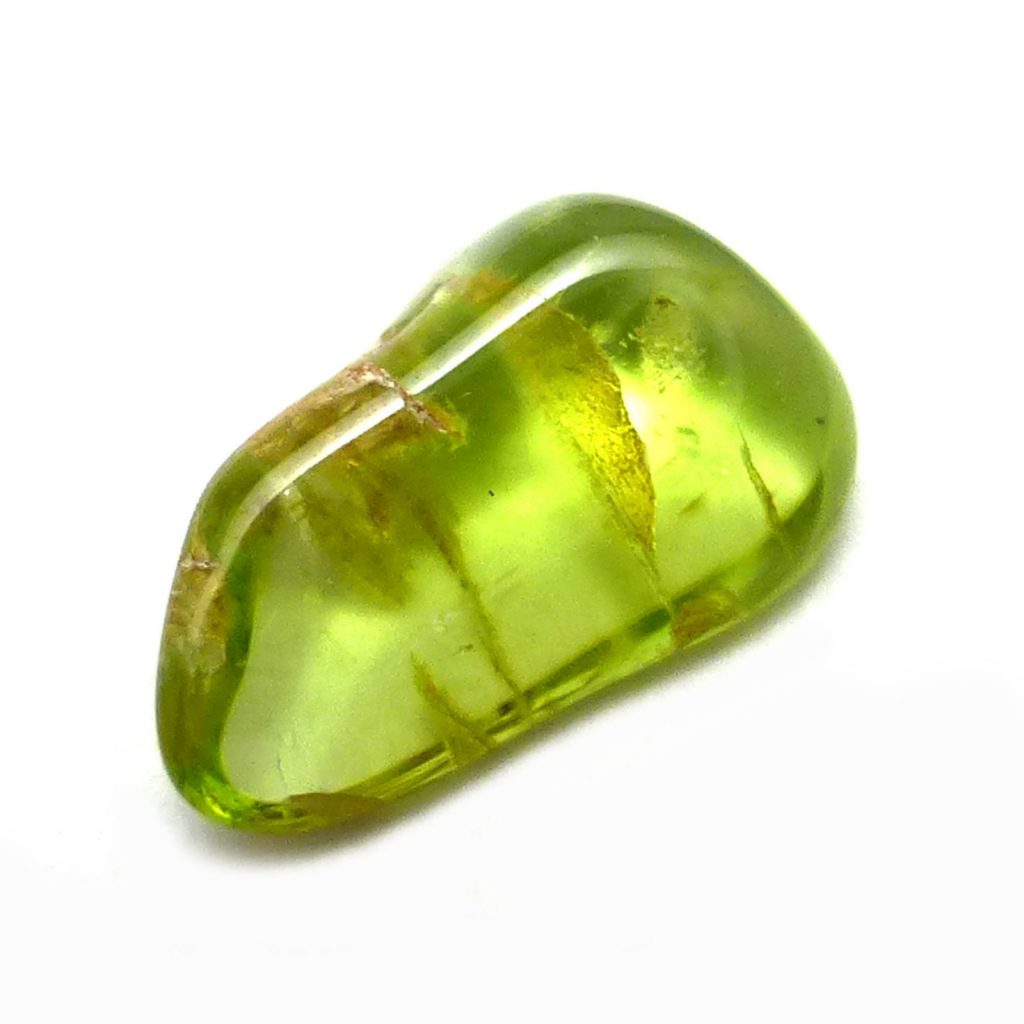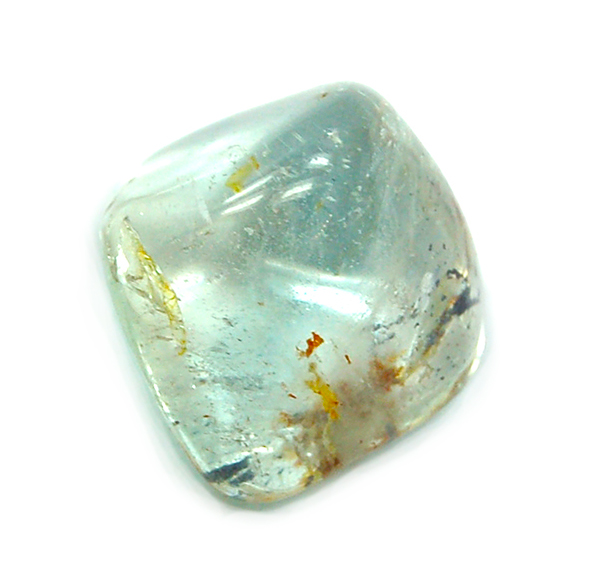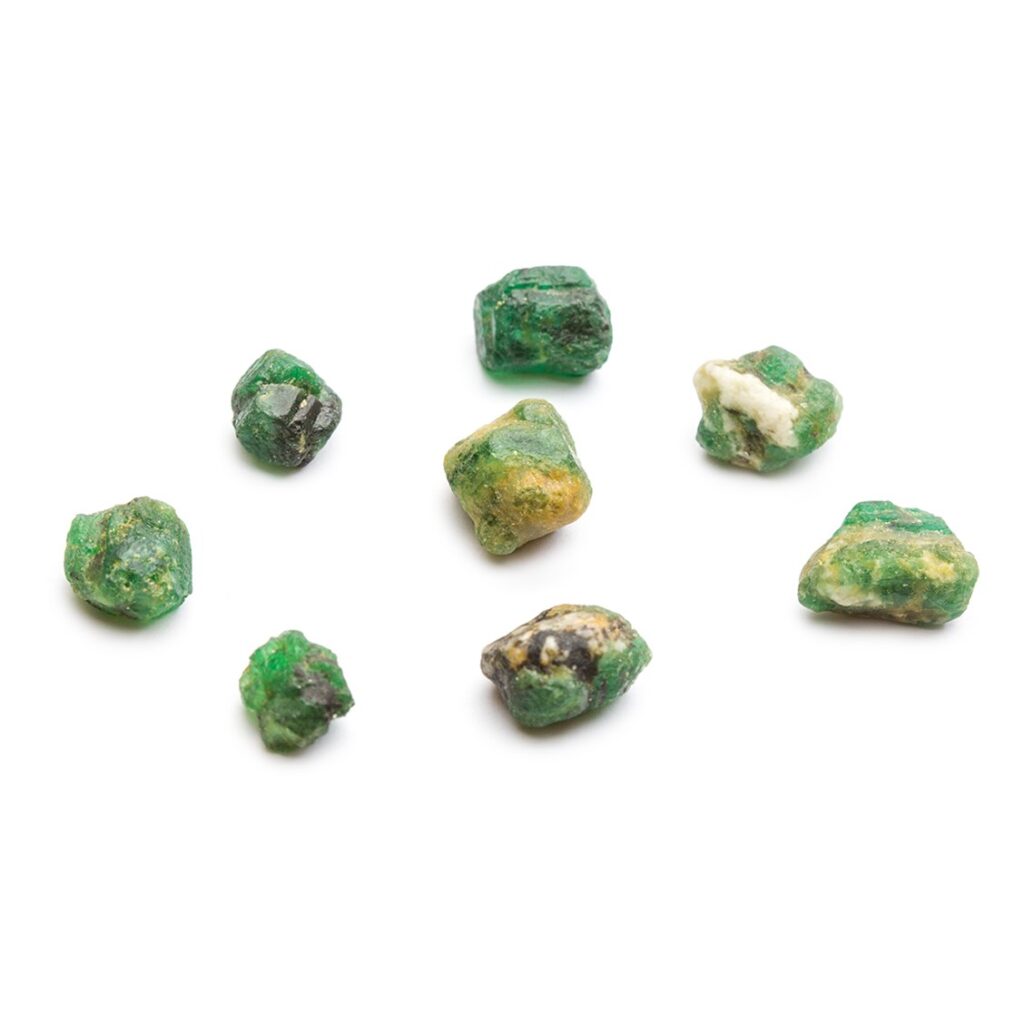Peridot August Birthstone
Peridot August Birthstone
Peridot: August Star Sign Birthstone
For those born under the star sign ‘Leo’ (born between July 23rd and August 22nd) Peridot is an important birthstone. Peridot is green and means purpose and focus. Leo is the fifth sign of the zodiac and has the ruling planet of the sun and the element of fire.
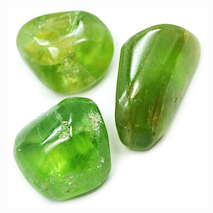
Peridot: “Gemstone of the Sun”
Peridot is a well-known and ancient gemstone, with jewellery pieces dating all the way back to the Pharaohs in Egypt.
Peridot crystals are found in the South Pacific. Small grains of Peridot the beaches, mixed with sand on Hawaiian beaches and to Hawaiians, these crystals symbolise the mythical tears of Pele, the goddess of fire.
oday, Peridot is sourced from the United States, Myanmar, Pakistan, the Himalayas, China and Vietnam.
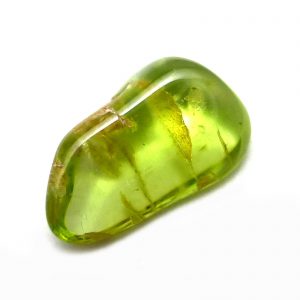
WHAT IS PERIDOT?
Peridot is the green yellow hued gem variety of the mineral Olivine. Its chemical composition includes iron and magnesium (Mg,Fe)2SiO4. Traces of nickel and chromium may also be present in crystals. Peridot is about 6.5 on Mohs hardness scale and is not resistant to acid. On very rare occasions, peridot is known to form with cat’s eye chatoyancy (asterism) in the form of four ray stars.
The gem often occurs in volcanic rocks called basalts, which are rich in these two elements. The intensity of colour depends on the amount of iron present in a Peridot’s chemical structure; the more iron it contains the deeper green it will be. The most desirable colour of Peridot is deep olive-green with a slight yellowish tint. Deeper olive-green tones tend to be more valuable than lighter coloured greens and yellowish-greens. Small amounts can be found embedded in fine grained igneous rock such as basalt or gabbro.
Chemically, peridot is an iron magnesium silicate and its intensity of colour depends on the amount of iron it contains. The word ‘peridot’ comes from the Arabic “faridat,” which means “gem”.
It belongs to the forsterite-fayalite mineral series and is an idiochromatic gem, meaning its colour comes from its chemical composition. Because of this property, peridot is found only in green and is one of the few gemstones found only in one colour.
Peridot has a distinct cleavage (breakage along preferred planes) and a conchoidal (shell-like) fracture. Peridot is an orthorhombic structured crystal, with three crystallographic axes that are perpendicular to one another but all are of different lengths.
The History of Peridot
Peridot has always been associated with light. In fact, the Egyptians called it the “gem of the sun.” Some believed that it protected its owner from “terrors of the night,” especially when it was set in gold. Others strung the gems on donkey hair and tied them around their left arms to ward off evil spirits. The word ‘peridot’ comes from the Arabic “faridat,” which means “gem”.
Early records indicate that the ancient Egyptians mined a beautiful green gem on an island in the Red Sea called Topazios, now known as St. John’s Island or Zabargad. Legend has it that the island was infested with snakes, making mining unpleasant until an enterprising pharaoh drove them into the sea. From the earliest times, people confused this stone—now known to be peridot—with other gems. It was one of many labelled as “topaz.” Peridot was so treasured by the Ancient Egyptians that they kept the island’s location a secret. With the fall of the Egyptian empire, the island became lost to antiquity, and was only rediscovered in 1906.
Some historians believe that Cleopatra’s famous emerald collection might actually have been peridot. People in mediaeval times continued to confuse peridot with emerald. For centuries, people believed the fabulous 200-ct. gems adorning the shrine of the Three Holy Kings in Germany’s Cologne Cathedral were emeralds. They are, in fact, peridots.
How is Peridot Formed
Peridot is born of fire and like Diamond, is formed not in the Earth’s crust, but in molten rock of the upper mantle and brought to the surface by the tremendous forces of earthquakes and volcanoes.
Olivine mineral (Peridot gemstone) is found in mafic and ultramafic rocks, and also lavas and in peridotite xenoliths of the mantle,
Peridot crystals form deep in magma from the upper mantle and are brought to the surface by tectonic or volcanic activity where they are found in extrusive igneous rocks. Historically the volcanic island Zabargad (St. John) in the Red Sea was the location of the most important deposit.
Where is Peridot Found – Origins and Sources
Not all the Peridot we find is of terrestrial origins. Peridot crystals also fall to earth in rare pallasite meteorites formed some 4.5 billion years ago when the earth was a molten rock forming during our solar system’s birth.
It is also found in Peridot in comet dust and was brought back from the Stardust robotic space probe in 2006, has been discovered on the moon, and detected by instrument on Mars by NASA’s Global Surveyor. Ancients believed that Peridot was ejected to Earth by a sun’s explosion and carries its healing power.
Modern science has proved them correct!
Today, the most important deposits are found in Pakistan (in the Kashmir region and the Pakistan-Afghanistan border region). Beautiful material is also found in upper Myanmar (Burma) and Vietnam. Other deposits are found in Australia (Queensland), Brazil (Minas Gerais), China, Kenya, Mexico, Norway (north of Bergen), South Africa, Sri Lanka, Tanzania and the United States (Arizona and Hawaii). Recently, China has become one of the largest producers of peridot.
What Are Peridots Metaphysical Properties
Peridot is highly beneficial for attuning to and regulating the cycles of one’s life, such as physical cycles, mental or emotional phases, as well as intellectual progression.
It also helps dissipate negative patterns and old vibrations that play over and over, keeping one from realising they are deserving of success.
By working with Peridot one can remove those blockages and move forward quickly, opening the heart and mind more fully to receive from the Universe with grace and gratitude.
What are Peridots Healing properties
A stone of transformation, Peridot is excellent for use in recovery from tobacco or inhalant dependencies, as well as other addictions.
Peridot is a wounded healer stone, serving as a vital guide in facilitating healing processes that help others going through what you have already overcome.
Peridot is considered very effective in amplifying Reiki energies. Hold immediately after treatments using heat or warmth, such as sweat lodges, hot rocks or a sauna to continue the beneficial effects.
Peridot is ideal for discharging emotional issues that affect the physical body. Place it over the Solar Plexus to relax and release nervous tension, known as “butterflies,” as well as to alleviate fear and guilt, anxiety or impatience.
Place Peridot over the Heart Chakra to relieve heaviness of heart, empower forgiveness, or alleviate destructive jealousy or self-doubt caused by betrayal in past relationships.
Use Peridot to gain results when seeking items that are lost or mislaid in the physical world, as well as in the quest for an enlightened state.
Set in gold Peridot brings a peaceful sleep.
As a talisman of luck and as a sun stone, wear or carry Peridot to prevent personal darkness.
Peridot adds charm and eloquence to your presentations, evokes a positive, helpful response from normally unhelpful people, and increases profit in trades.
Peridot protects against envy, gossip behind your back, and people who would deceive you.
Properties of Peridot
Chemical Formula: (Mg,Fe)2SiO4
Colour: Green, Yellow
Hardness: 6.5 – 7
Crystal System: Orthorhombic
Refractive Index: 2.63 – 2.65
SG: 1.54 – 1.55
Transparency: Transparent
Double Refraction: .009
Lustre: Vitreous
Cleavage: 2,1 ; 3,1
Mineral Class: Olivine
